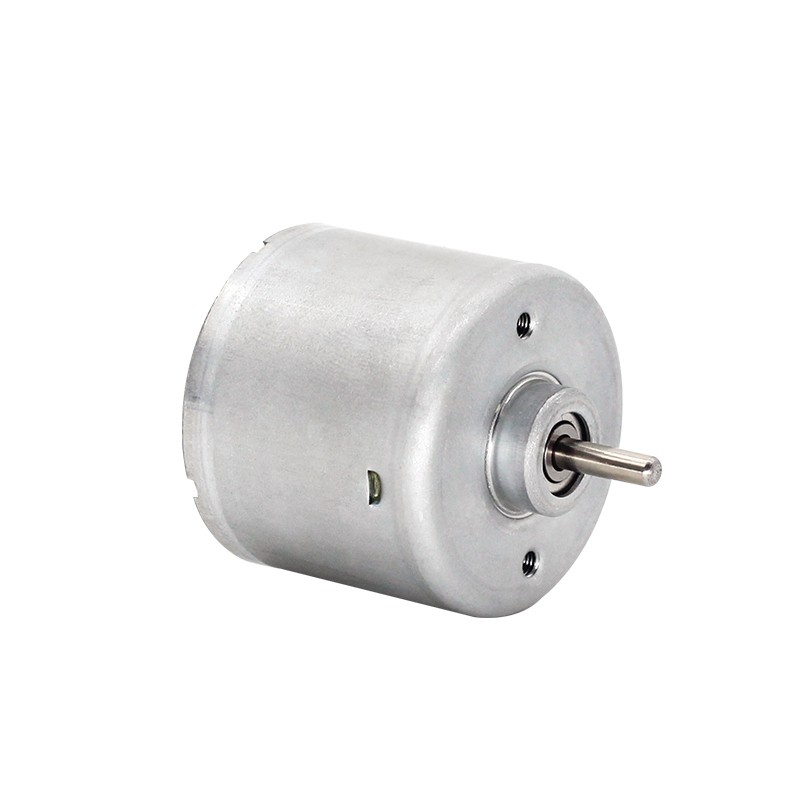Temperature Management Strategies for Maximizing Performance of the 36mm Brushless DC Motor
2024-04-15
The 36mm Brushless DC Motor is renowned for its compact size, efficiency, and reliability, making it a popular choice for various applications requiring precise motion control. However, like any electrical component, temperature management is crucial to ensure optimal performance and longevity. In this blog, we delve into the special considerations for temperature management in applications using the 36mm Brushless DC Motor, exploring strategies to mitigate overheating and enhance reliability.
Understanding Temperature Effects
Temperature has a significant impact on the performance and lifespan of the 36mm Brushless DC Motor. Excessive heat can lead to thermal stress, degradation of insulation materials, and premature failure of critical components such as bearings and magnets. Conversely, operating the motor at too low temperatures can affect lubrication and increase viscosity, leading to increased friction and reduced efficiency.
Special Considerations
1. Cooling Systems: Implementing effective cooling systems is essential for dissipating heat generated during motor operation. Passive cooling methods such as heat sinks and thermal pads can help transfer heat away from the motor housing to the surrounding environment. In more demanding applications, active cooling techniques such as fans or liquid cooling systems may be necessary to maintain optimal operating temperatures.
2. Ambient Temperature Monitoring: Monitoring ambient temperature conditions is crucial for anticipating potential overheating issues in advance. Integrating temperature sensors into the motor or surrounding environment allows for real-time monitoring of temperature levels. This data can be used to implement proactive measures such as adjusting operating parameters or activating cooling systems when temperatures exceed predefined thresholds.
3. Optimized Duty Cycle: Limiting the duty cycle of the motor can help prevent excessive heat buildup during prolonged operation. By allowing the motor to cool down between duty cycles, thermal stress can be minimized, extending the lifespan of critical components. Implementing duty cycle limits based on temperature measurements or runtime duration can help optimize motor performance while ensuring reliability.
4. Heat Dissipation Materials: Utilizing heat-dissipating materials in motor construction can help improve thermal conductivity and enhance heat dissipation. Copper windings, aluminum housings, and ceramic bearings are examples of components that can help dissipate heat more efficiently, reducing the risk of overheating and prolonging motor lifespan.
5. Environmental Enclosures: In harsh environments where temperature fluctuations are common, enclosing the motor in protective enclosures can help stabilize internal temperatures and protect against external contaminants. Sealing the motor housing to prevent ingress of dust, moisture, and debris can also contribute to improved reliability and longevity.
Conclusion: Ensuring Optimal Performance and Reliability
In conclusion, temperature management is a critical aspect of maximizing the performance and reliability of the 36mm Brushless DC Motor in various applications. By implementing effective cooling systems, monitoring ambient temperature conditions, optimizing duty cycles, utilizing heat-dissipating materials, and employing environmental enclosures, engineers can mitigate overheating risks and ensure optimal operation of electric actuators powered by the 36mm Brushless DC Motor. By addressing temperature considerations proactively, manufacturers and end-users can enjoy improved efficiency, extended lifespan, and enhanced reliability of their motion control systems, driving innovation and progress in diverse industries.



